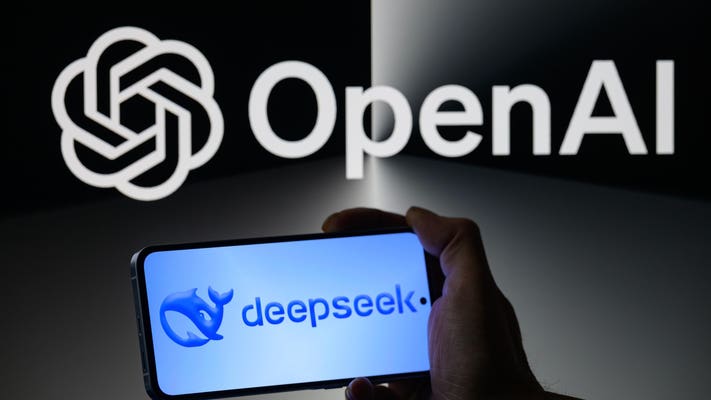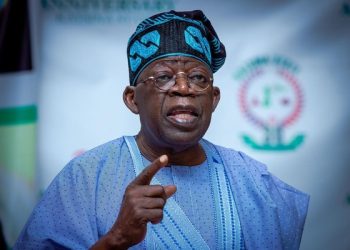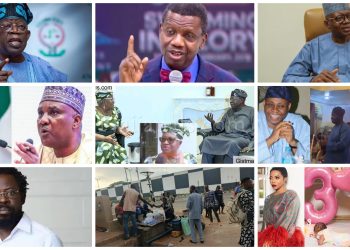OpenAI and Microsoft examine evidence that Chinese AI startup DeepSeek developed cost-effective language models using unauthorized techniques for extracting data along with model distillation methods.
The story reveals how OpenAI claims DeepSeek took advantage of its intellectual property to build competing AI language models while crossing artificial intelligence boundaries with intellectual property rights and international technology market rivalry.
OpenAI along with Microsoft have started investigating developer account data extraction anomalies through Bloomberg reports in late 2024. Microsoft security experts detected substantial data transfers which they link to DeepSeek operations thus raising concerns about unauthorized use of OpenAI intellectual property.
A dispute exists about the distillation method through which developers obtain valuable information from advanced models to train smaller AI models.
The development of competitive models through distillation techniques cuts costs significantly beyond OpenAI’s estimated $100 million GPT-4 training expenditure but violates OpenAI’s licensing conditions. The Financial Times reports OpenAI has discovered evidence which links DeepSeek to copyright violations but withheld reporting key information.
The AI progress landscape reveals an interesting contradiction in current practice. During its training phase, OpenAI received criticism because it collected massive internet content without getting explicit consent from creators. OpenAI now faces a duplicated situation of the same controversy it previously encountered.
President Trump’s artificial intelligence advisor David Sacks admitted intellectual property theft could have occurred in this situation. The president’s spokesperson told Fox News about “substantial evidence” showing DeepSeek accessed OpenAI’s models against the company’s wishes.
The company published an announcement to Bloomberg concerning the ongoing difficulties that American AI organizations currently experience. The company admitted that Chinese and other organizations regularly try to extract knowledge from successful American AI models.
OpenAI described its method of secure intellectual property protection through strategic model development that decides which advanced capabilities to incorporate in publicly available products. The company underscored the need for U.S. government joint efforts that aim to protect advanced AI technology from competitor and adversarial efforts.
The incident demonstrates rising international AI competition pressures and tests current practices for intellectual property protection when technology frameworks depend more heavily on existing frameworks and systems.






